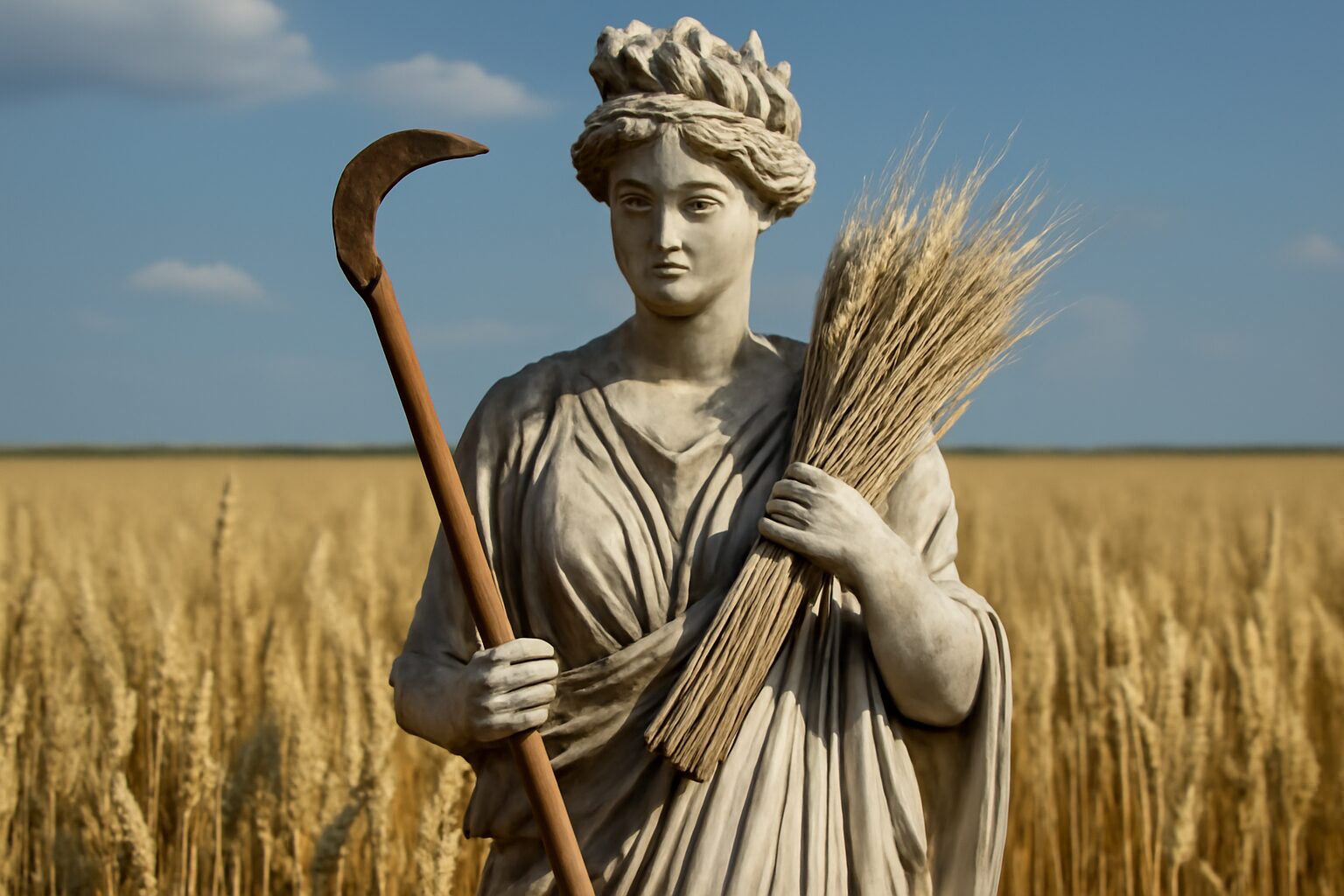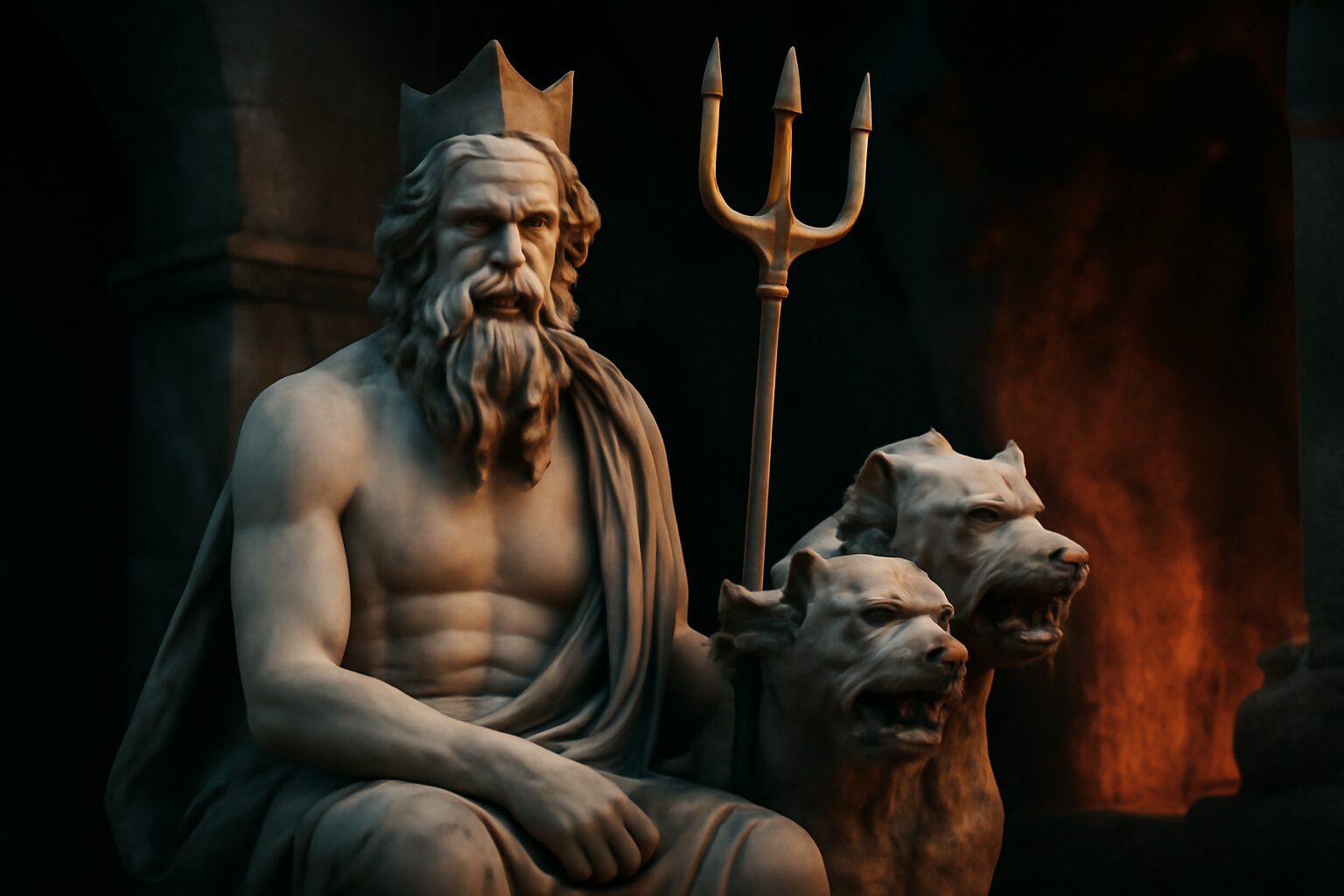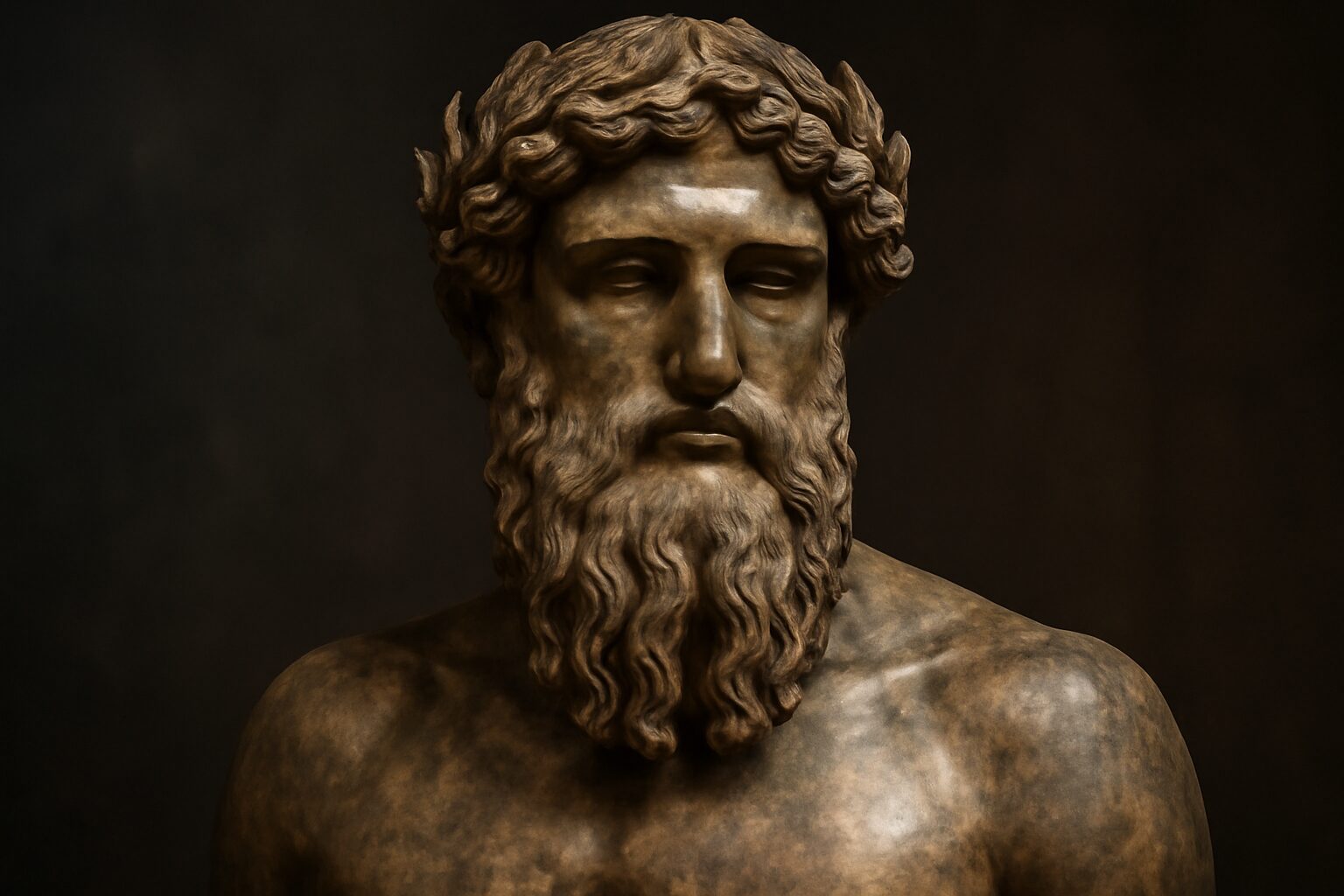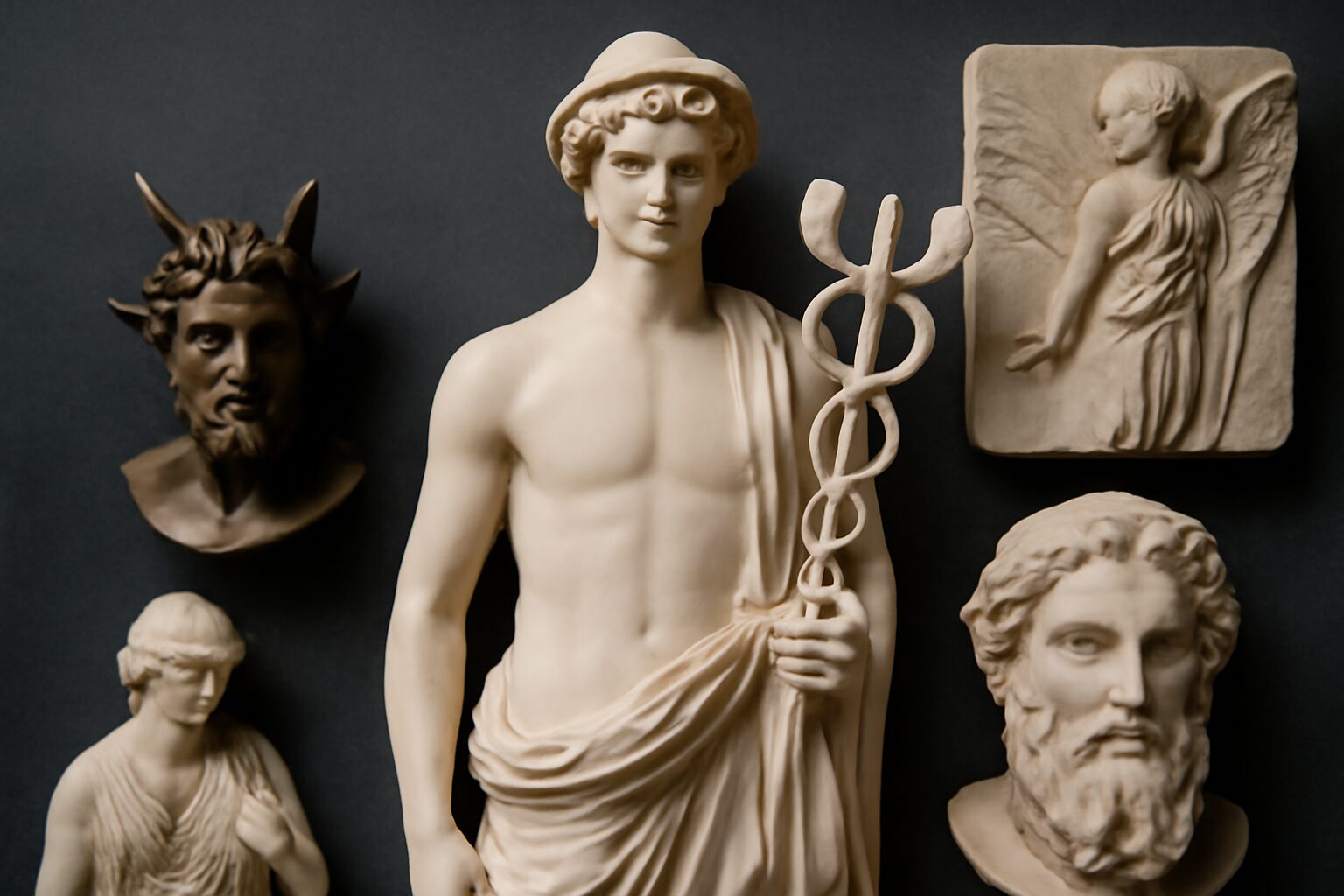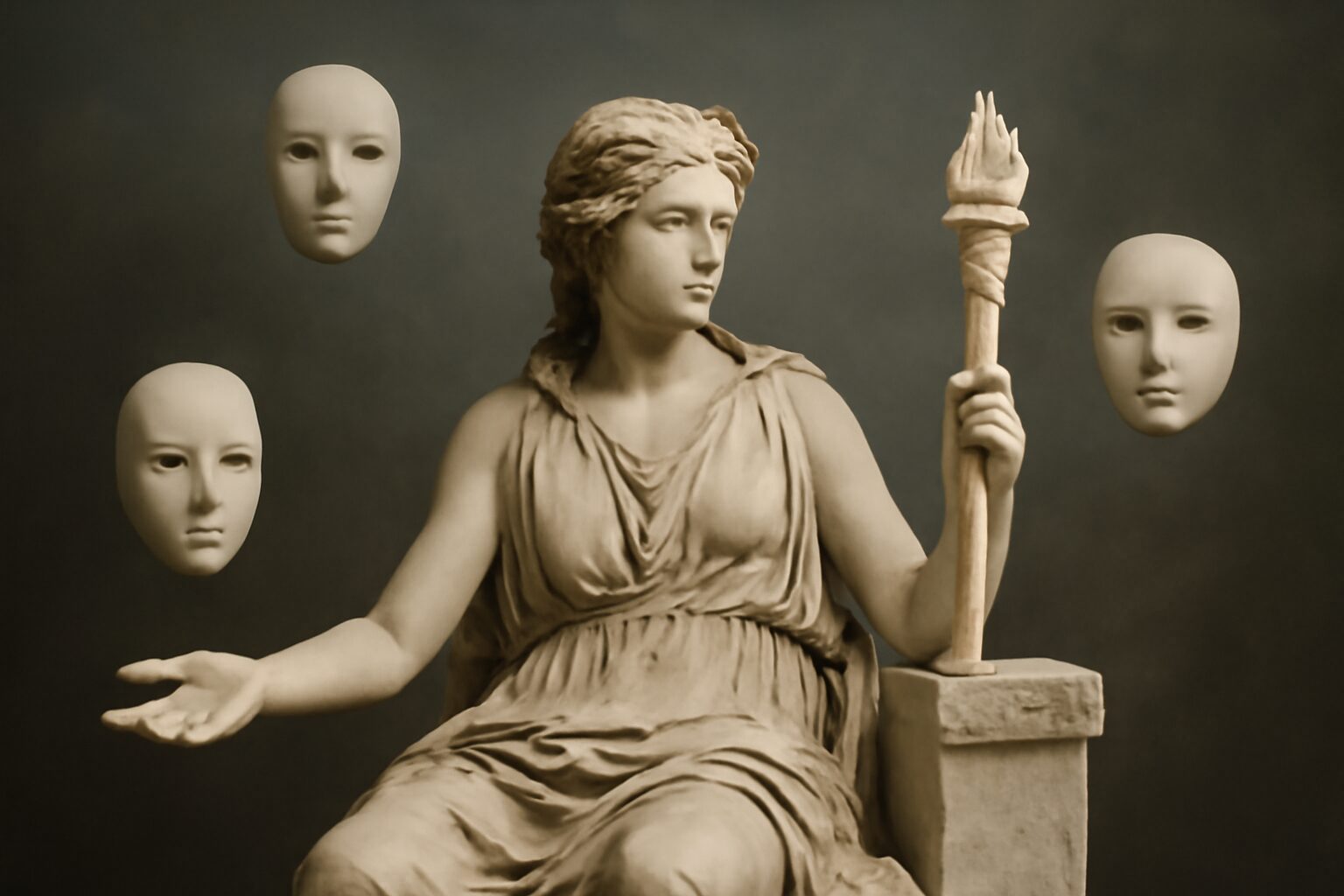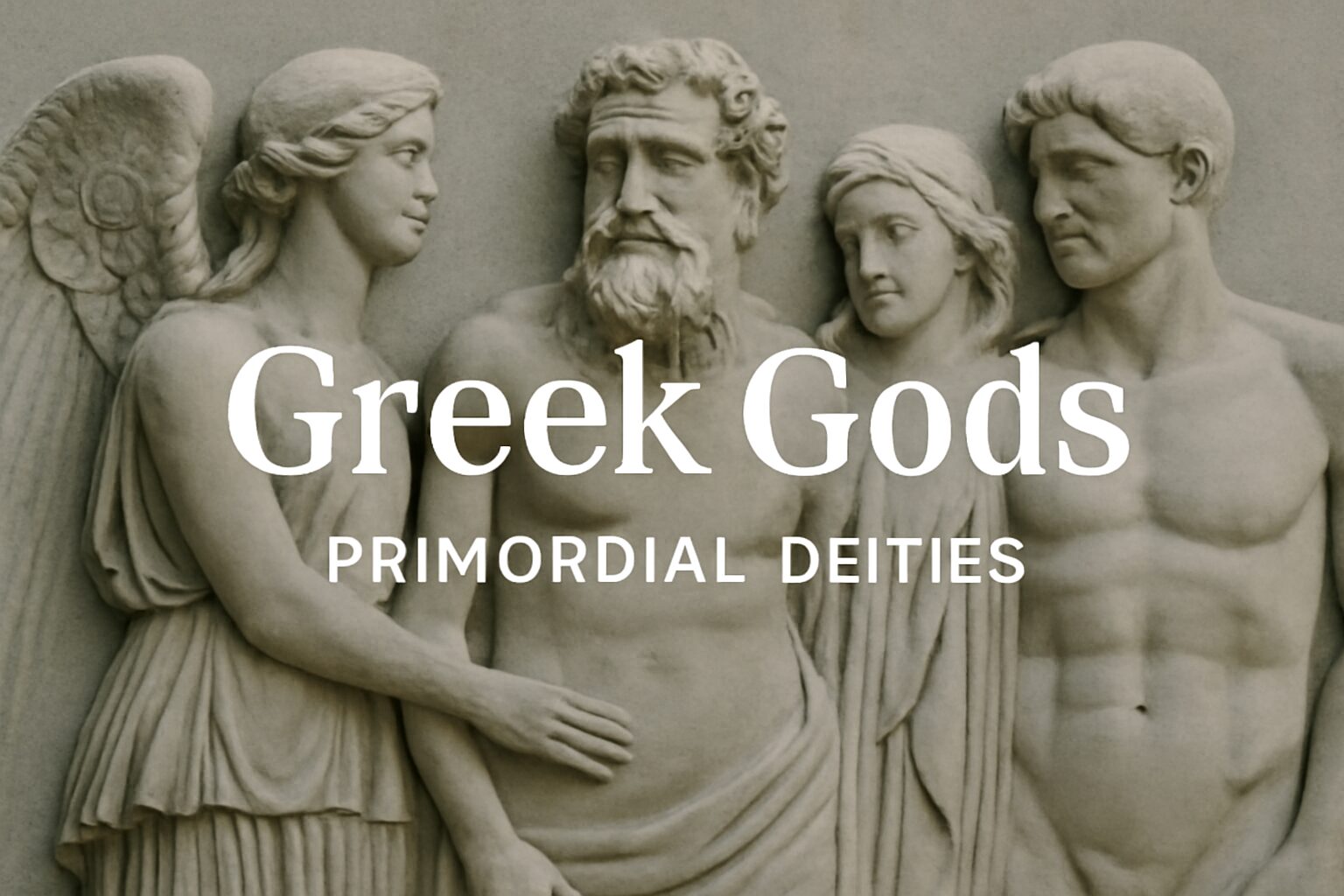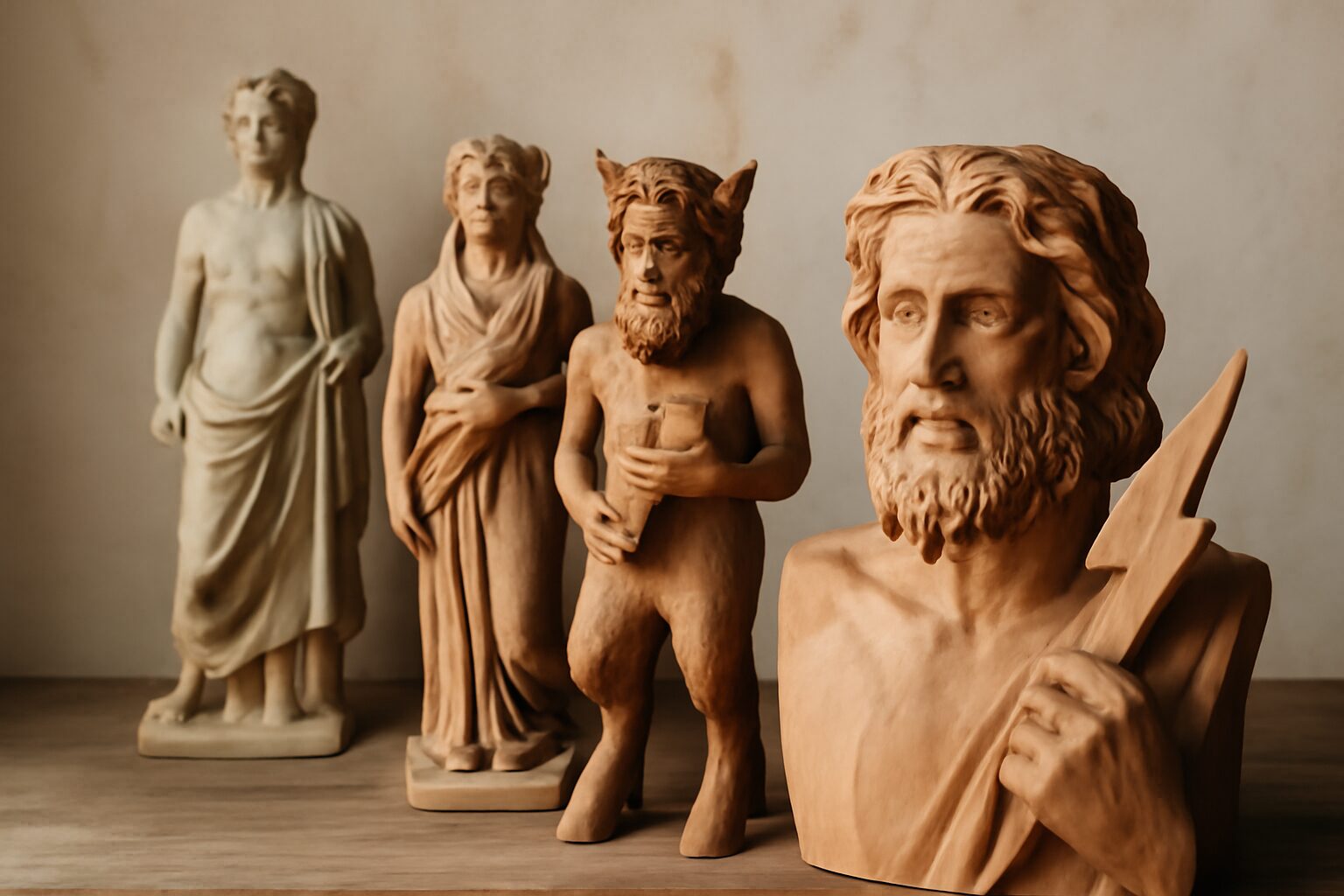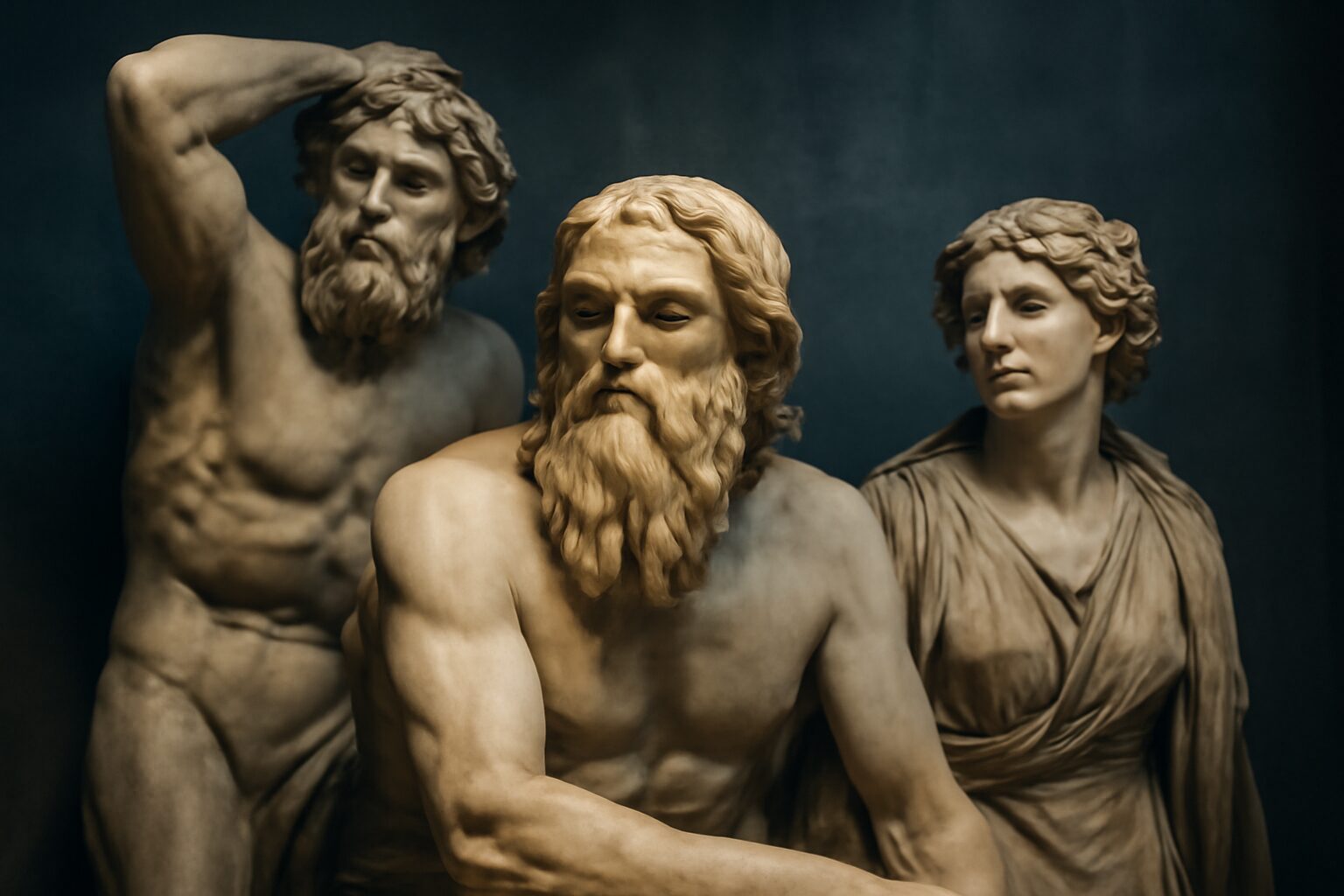The Dryades: Nymphs of the Trees
The Dryades, commonly known as dryads, were nature spirits in Greek mythology intimately tied to trees and forests. These nymphs were considered the living embodiment of their trees, their lives intertwined with the fate of the woodland they inhabited. Unlike other nymphs, dryads were often bound to a specific tree—if it withered or was cut down, the dryad perished with it.
Origins and Nature
Dryads were daughters of Zeus or other primordial deities, born from the earth itself. They were typically depicted as beautiful, ethereal maidens who danced among the trees, their laughter echoing through the forests. While some were immortal, others lived only as long as their tree thrived, making them vulnerable to human interference.
The most famous subgroup of dryads were the Hamadryads, who were so deeply connected to their trees that they could not survive if separated from them. Mortals who harmed a tree inhabited by a hamadryad risked invoking the wrath of the gods, as seen in myths where such acts led to divine punishment.
Powers and Abilities
Dryads possessed powers tied to nature—they could communicate with animals, influence plant growth, and even control the weather within their domain. Though generally peaceful, they could become fierce protectors of their forests, summoning storms or curses upon those who threatened their homes. Some myths describe them as shapeshifters, able to vanish into their trees or take the form of animals.
Their presence was believed to bring fertility to the land, and ancient Greeks often left offerings at sacred groves to honor them. Farmers and travelers sought their favor, as dryads could bless crops or guide lost wanderers to safety.
Relationships and Myths
Dryads frequently appeared in Greek legends, often as companions or lovers of gods and heroes. Apollo, Artemis, and Dionysus were particularly associated with them, as deities linked to nature and wilderness. One famous myth tells of the dryad Daphne, who transformed into a laurel tree to escape Apollo’s pursuit—an act that immortalized her as a symbol of purity and resistance.
Another tale involves the dryad Eurydice, whose tragic death by snakebite led Orpheus to descend into the Underworld in a futile attempt to bring her back. Such stories highlight the dryads’ role as both enchanting and tragic figures, embodying the beauty and fragility of nature.
Significance in Greek Culture
Dryads symbolized the sacred connection between humanity and the natural world. Their myths served as cautionary tales against deforestation and disrespect for nature, reflecting ancient Greek reverence for the environment. Even today, they remain enduring symbols of wilderness, inspiring art, literature, and environmental movements.
Alternative Names for Dryades (Dryads)
God Name: Hamadryades (Greek)
Hamadryades are a specific type of Dryad who are bonded to a particular tree and perish when the tree dies. The term comes from Greek mythology, where 'hama' means 'together with' and 'dryas' means 'tree.'
God Name: Nymphae (Roman)
In Roman mythology, Dryads were often referred to more generally as 'Nymphae,' which encompassed various nature spirits, including tree nymphs. The term is derived from the Latin 'nympha,' meaning 'nymph' or 'bride.'
God Name: Meliae (Greek)
The Meliae were nymphs of ash trees, considered a subset of Dryads in Greek mythology. They were born from the blood of Uranus when he was castrated by Cronus and were associated with the ash tree's strength and resilience.
God Name: Epimeliades (Greek)
Epimeliades were Dryads who protected apple trees and other fruit-bearing trees. Their name derives from the Greek 'epi' (upon) and 'melia' (apple tree), highlighting their role as guardians of orchards and fruit groves.
Tales about Dryades (Dryads)
The Dryad and the Healing of Aceso
In the heart of an ancient grove, a young Dryad named Elara watched over her oak tree, which had begun to wither from a mysterious blight. Despite her care, the leaves browned and fell, and the bark cracked. Desperate, she called upon Aceso, the goddess of the healing process, whose gentle touch could restore vitality.
One twilight, Aceso appeared, her form shimmering with a soft, golden light. She knelt beside the ailing oak, her hands glowing as she traced the diseased bark. "Fear not, child of the forest," she whispered. "All things that suffer can find renewal." As Aceso worked, the blight receded, replaced by vibrant green shoots and healthy bark. Elara wept with gratitude, and from that day, her tree stood as a testament to Aceso's power, its roots intertwined with the goddess's enduring grace.
The Dryad's Pact with Aristaeus
In the sun-drenched valleys of Thessaly, a Dryad named Lyra guarded a sacred grove of olive trees, vital for the local bees that produced divine honey. When a drought threatened both her trees and the bees, Lyra sought the aid of Aristaeus, the god of beekeeping and rural crafts.
Aristaeus, moved by her plea, taught her the secrets of nurturing the land: how to channel underground springs and protect the hives from pests. In return, Lyra promised to honor him with offerings of the first honey each season. Together, they revived the grove, and the bees flourished once more. To this day, Dryads in the region whisper of Lyra's pact, and Aristaeus is revered as a guardian of both nature and nurture.
Frequently Asked Questions
What is a Dryad in Greek mythology?
A Dryad is a tree nymph or tree spirit in Greek mythology. They are female deities associated with forests, groves, and individual trees, often seen as protectors of nature.
Are Dryads immortal?
Dryads are generally long-lived but not immortal. Their lifespan is tied to the tree they inhabitu2014if the tree dies, the Dryad associated with it may perish as well.
Why are Dryads important in Greek mythology?
Dryads represent the sacred connection between nature and divinity in Greek mythology. They symbolize the importance of respecting and preserving natural environments, reflecting ancient Greek reverence for nature.
Can Dryads leave their trees?
Dryads are usually bound to their trees but can move short distances away. Some myths suggest they can wander farther, especially during rituals or to interact with other deities or humans.
How do Dryads relate to modern environmentalism?
Dryads serve as early symbols of environmental stewardship. Their mythology reminds us of the deep connection between humans and nature, inspiring modern efforts to protect forests and ecosystems.


